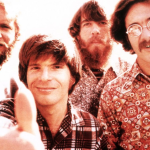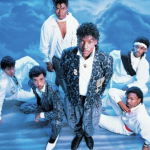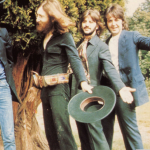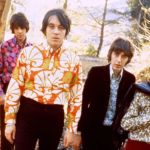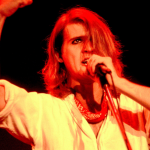“Break on Through (To the Other Side)” – The Doors

“Break on Through (To the Other Side)” by The Doors is a seminal track from the 1960s that encapsulates the band’s distinctive sound and psychedelic ethos. Released as the lead single from their self-titled debut album in 1967, the song showcases the raw energy and innovative style that helped establish The Doors as one of the most influential bands of the era.
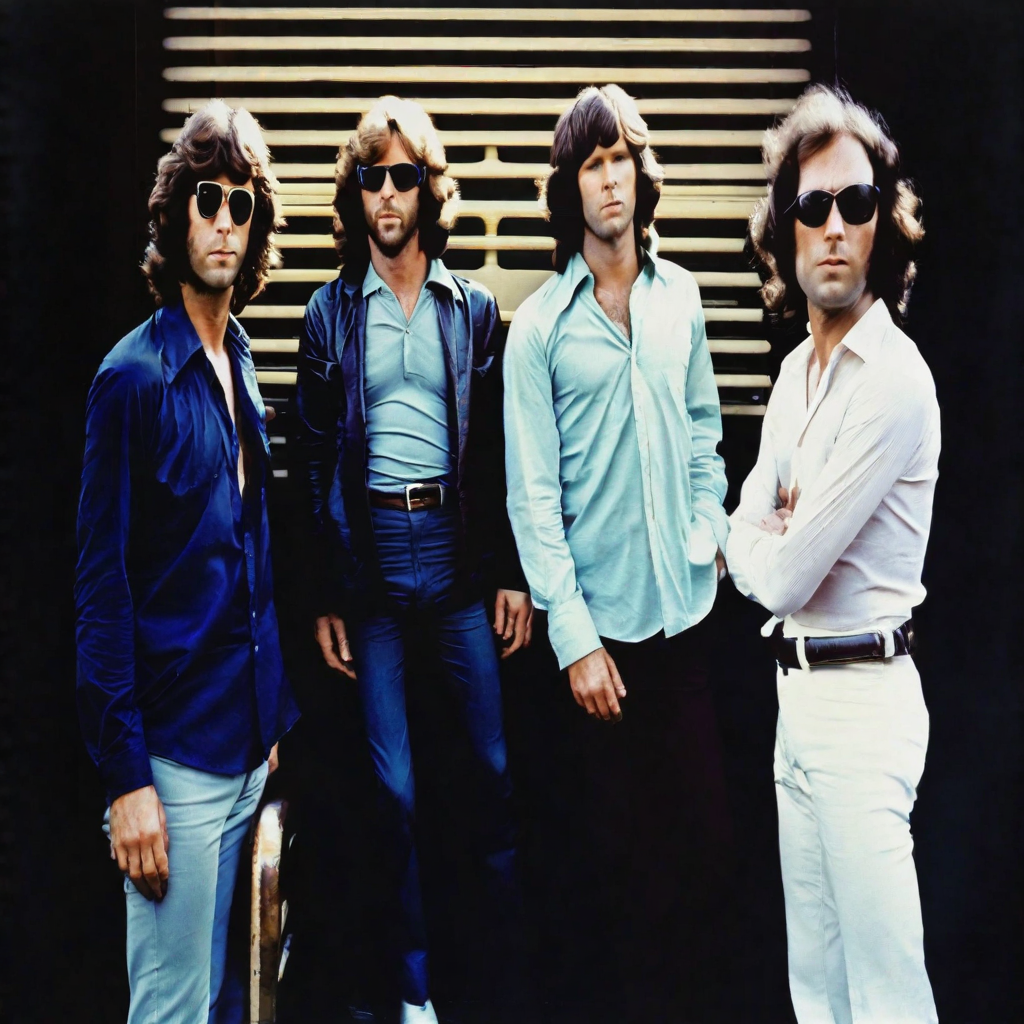
Musically, the song is characterized by its driving rhythm, propelled by John Densmore’s dynamic drumming and Robby Krieger’s hypnotic guitar riff. The song’s structure is both straightforward and powerful, with a repetitive, insistent riff that creates a sense of urgency and momentum. Ray Manzarek’s iconic keyboard part, played on a Vox Continental organ, adds a distinctive, atmospheric texture to the track. Jim Morrison’s commanding vocals are both intense and charismatic, delivering the lyrics with a sense of urgency and passion.

Lyrically, “Break on Through (To the Other Side)” is often interpreted as a call to transcend boundaries and explore new experiences. The lyrics are filled with imagery that suggests a desire to break free from conventional constraints and reach a higher level of understanding or enlightenment. Lines like “You know the day destroys the night, night divides the day” and “Try to run, try to hide, break on through to the other side” evoke a sense of movement and transition, reflecting Morrison’s interest in themes of liberation and existential exploration.
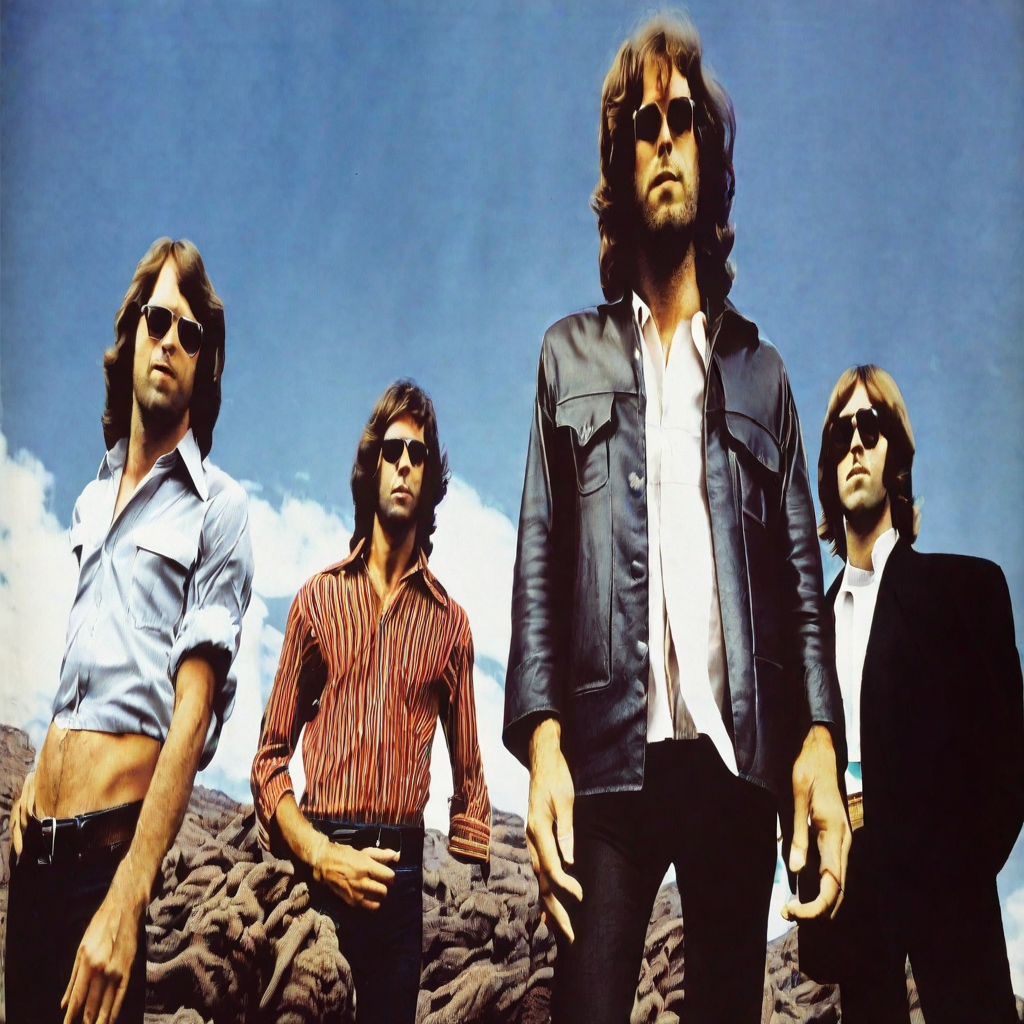
The song’s release marked a significant moment in the history of rock music, as it captured the spirit of the countercultural movement of the 1960s and helped define The Doors’ unique sound. Despite its initial lack of commercial success compared to some of their later hits, “Break on Through (To the Other Side)” has since become one of The Doors’ most iconic tracks and a staple of their live performances.
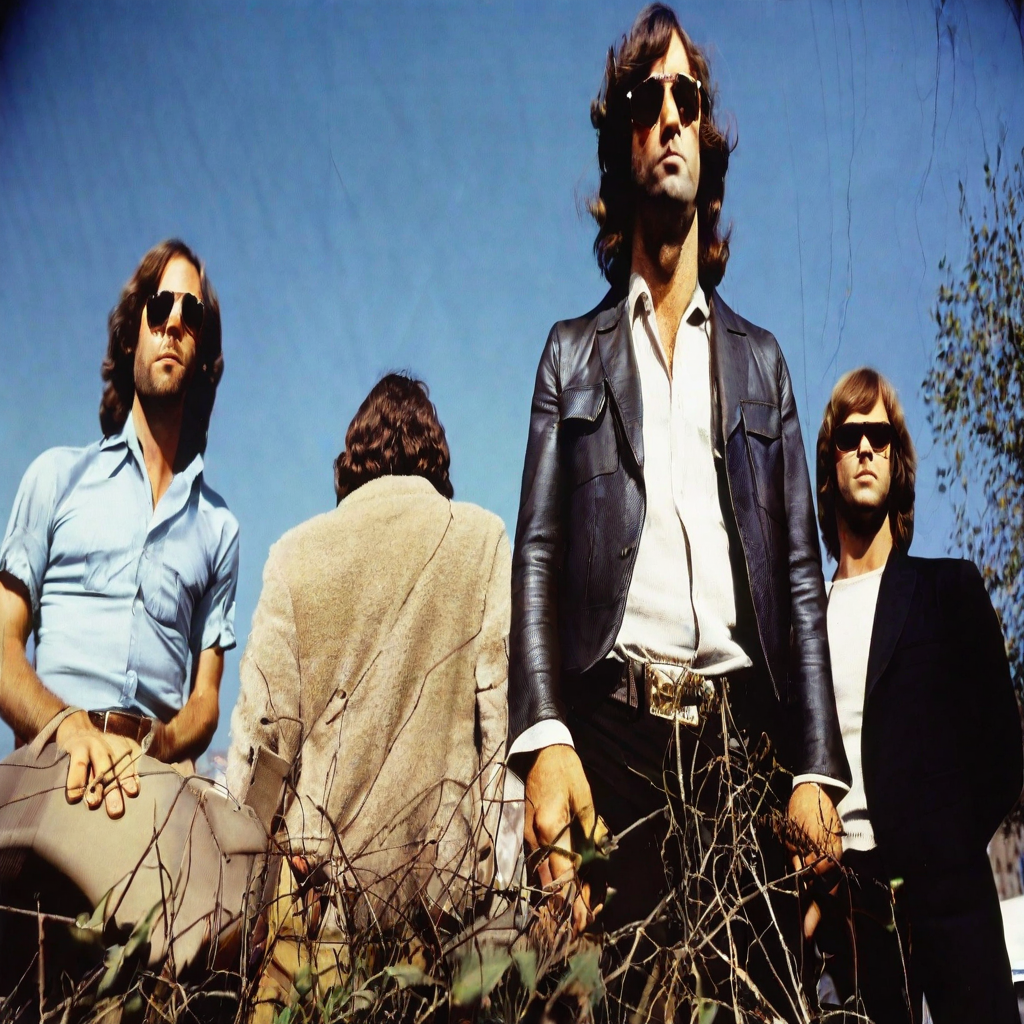
In conclusion, “Break on Through (To the Other Side)” by The Doors is a powerful and influential track that embodies the band’s distinctive sound and lyrical depth. Its energetic arrangement, memorable riff, and evocative lyrics make it a standout song from the 1960s and a key piece of The Doors’ musical legacy.


